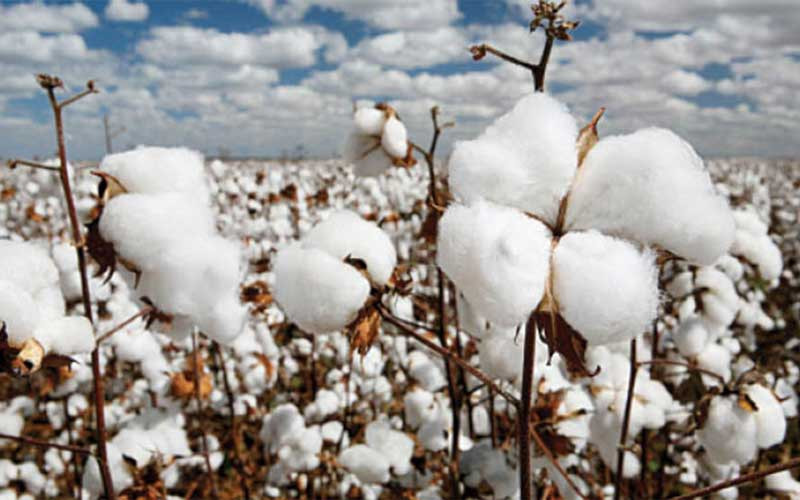
NEARLY 90% of the cotton lint produced in Zimbabwe is being exported, leaving local spinners with only 10% in a season, NewsDay Farming can reveal.
These figures contravene government policy requiring 70% of domestic lint to be shipped to international destinations, with the remainder used in Zimbabwe, according to a new report by the Confederation of Zimbabwe Industries (CZI).
The government came up with the policy in order to keep the local textile industry humming.
However, the CZI report on the cotton industry value chain showed that ginners were not complying with the policy, starving the domestic textile industry.
“CZI engagements with different players in the value chain have shown that there is a discourse and dialogue between spinners and ginners on the marketing of lint and the pricing model to be used,” the report titled: Pricing Distortions as a Constraint to Smooth Value Chain Operations: The Case of Cotton Lint in Zimbabwe, read in part.
“Spinners cited that about 90% of the lint is exported leaving them with about 10% in a season (from May to September 2022) which is insufficient to keep them spinning all year round.”
The report noted that during the 2020 season, 45 000 tonnes of lint were exported and 4 500 tonnes were left for local spinners. In the 2021 season, 56 000 tonnes of lint were exported and 6 000 tonnes were left for local spinners.
“The need to balance between quantities that can be exported and what can be left for local value addition was anticipated by policy,” it said.
- I don’t have depth: Bosso coach
- Mthuli Ncube abandons struggling consumers
- Fears of jobs carnage as crisis deepens
- Fresh warning over bank rate hikes
Keep Reading
The report said the exportation of cotton lint had to be controlled to avoid the collapse of the local textile industry.
“This means that the current practice goes against what policy had anticipated, calling for the need to interrogate the main reasons for this development. It is surprising, however, despite the general acknowledgement that there is a 70:30 ratio for exports and local usage of lint, all efforts to locate the policy statement or the regulations which specifically provide for this were not successful,” the CZI report said.
The report added that engagements with spinners, ginners, the Industry and Commerce ministry and the Agricultural Marketing Authority to get reference to the specific policy document or regulations through which this could be enforced were not successful.
“It, therefore, remains unclear whether this was a policy pronouncement which was not later followed by legislation and whether it was a temporary or permanent measure. This absence of legal provision could be what is emboldening ginners to disregard the provision,” the report said.
Cotton is one of Zimbabwe’s main foreign currency earners and underpins job creation at various points along the value chain. But due to a number of factors including drought, climate change, low pricing, out-of-date varieties, and payment delays, the nation’s cotton production has been dropping.
Zimbabwe has a ginning capacity of up to 700 000 tonnes per year, compared to annual production of 195 991 tonnes and 101 000 tonnes in the 2020/21 and 2019/20 seasons, respectively.
- Follow us on Twitter @NewsDayZimbabwe










